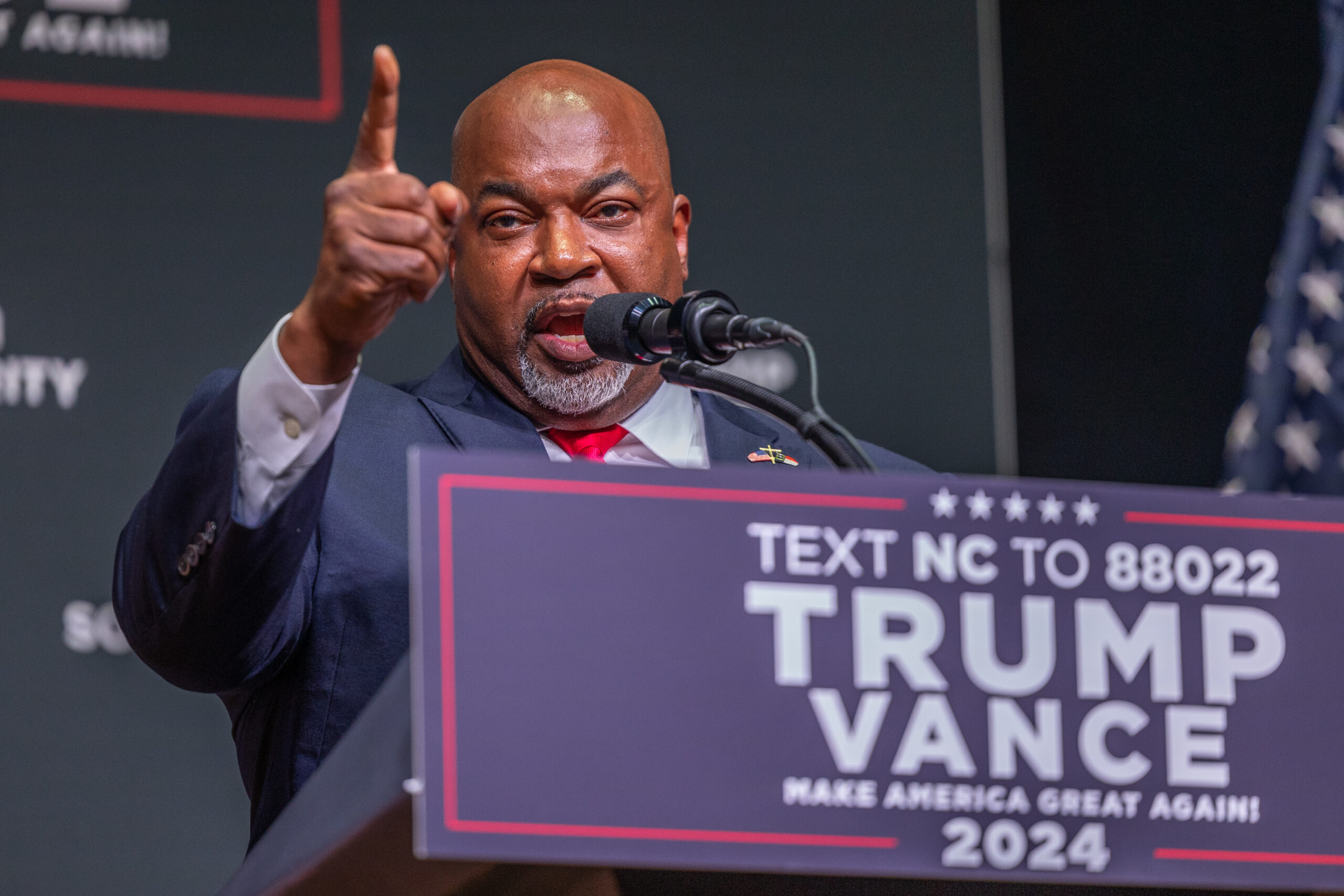My colleagues have covered the retroactivity rules many times before on the blog but the analysis for determining the retroactivity of new federal rules has changed in the last few years. Considering that and the recent Confrontation Clause rule for substitute analyst testimony announced in Smith v. Arizona, 602 U.S. ___; 144 S.Ct. 1785 (2024) (summarized here), an update is in order. Today’s post reviews the federal retroactivity analysis and examines how it may be applied to Smith. Read on for the details.
Retroactivity Basics. When a new rule is announced, it applies to cases pending on appeal (also known as direct review) and to cases yet to be tried. Griffith v. Kentucky, 479 U.S. 314, 328 (1987). Retroactivity refers to the application of a new rule to cases that are final. For purposes of the retroactivity analysis, a case is final when appellate review has been completed, including the time in which review by the U.S. Supreme Court may be sought (or after it is denied), or when the time to appeal a case has expired without an appeal. Teague v. Lane, 489 U.S. 288, 295 (1989). A court decision announcing a new rule might state whether the rule is intended to apply to final cases. If the decision does not state whether it applies to cases that are final, a retroactivity question arises—may a defendant obtain the benefit of the new rule by way of post-conviction (also known as collateral) review, even though the direct appeal process is over?
The Old Rules. Practitioners may recognize the Teague case cited above as the seminal case on the retroactivity of federal rules. Under Teague, the first question is whether the rule is truly new or merely an extension of existing law. A rule is “new” when it “was not dictated by precedent existing at the time the defendant’s conviction became final.” Id. at 301. Put another way, a rule is considered new unless it was “already apparent to all reasonable jurists,” at the time the conviction became final. Edwards v. Vannoy, 593 U.S. 255, 265 (2021). “The starkest example of a decision announcing a new rule is a decision that overrules an earlier case.” Id.
If the rule is new, the next step is to determine whether the rule is a substantive rule or a procedural one. A rule is substantive if it limits the conduct covered by a criminal law or limits the application of a criminal law to an identifiable subset of defendants. Montgomery v. Louisiana, 577 U.S. 190, 198 (2016). Procedural rules, by contrast, are legal rules addressing “the manner of determining the defendant’s culpability.” Id. at 201 (emphasis in original). Few rules in recent history have been found to be substantive, but it does happen, as it did in the Montgomery case. There, the rule from Miller v. Alabama, 567 U.S. 460 (2012), that juveniles may not be subjected to automatic life without parole sentences was found to be substantive. On the other hand, Edwards v. Vannoy, 593 U.S. 255 (2021), held that the rule from Ramos v. Louisiana, 590 U.S. 83 (2020), establishing a right to a unanimous jury verdict in state court, was a new procedural rule.
Under Teague, rules that are both “new” and “substantive” are retroactive and apply to final cases. Thus, a defendant may obtain the benefit of a new substantive rule through post-conviction proceedings. New rules that are “procedural,” in contrast, typically are not retroactive and thus do not apply to cases on collateral review. Only in the theoretical event that a new procedural rule is a “watershed rule of criminal procedure” would it apply retroactively to final cases. Teague, 489 U.S. at 311. The Court has referenced the right to counsel from Gideon v. Wainwright, 372 U.S. 335 (1963), as an example of such a “watershed” rule of criminal procedure, but never has the Court found a new procedural rule to apply retroactively under this exception to the general rule.
No More “Watershed” Rules. In Edwards v. Vannoy, 593 U.S. 255 (2021), the U.S. Supreme Court did away with the “watershed rule” exception. In a 6-3 opinion written by Justice Kavanaugh, the Court pronounced the exception dead: “. . .[N]o rule of criminal procedure can satisfy the watershed exception.” Id. at 272. Thus, the only questions for federal retroactivity analysis nowadays are whether the rule is new, and whether it is a procedural or substantive rule. From the perspective of a defendant seeking to obtain post-conviction relief based on a “new” rule, he or she must demonstrate either that the rule is not truly new (and it therefore should have been applied in the first place) or that it is a new substantive rule. A newly announced federal procedural rule does not entitle a defendant to post-conviction relief as a matter of federal law.
Retroactivity for New State Rules are Different. A detailed discussion of the retroactivity of new North Carolina rules is beyond the scope of this post, but it is worth mentioning that the Teague analysis does not apply. Instead, North Carolina has adopted its own retroactivity rule for new state rules, which departs from Teague: New state rules apply retroactively unless there is a compelling reason to limit their application to future cases only. State v. Rivens, 299 N.C. 385 (1980). When applying new federal rules in state court, though, North Carolina has adopted the Teague test. State v. Zuniga, 336 N.C. 508 (1994).
Is Smith v. Arizona Retroactive? I blogged a few week back about the holding of Smith v. Arizona, 602 U.S. ___; 144 S.Ct. 1785 (2024), and its likely impact on North Carolina. To quickly recap Smith: Some jurisdictions like North Carolina permitted a substitute analyst to use the statements in the forensic report of another to formulate and present an independent opinion about the analysis. The theory justifying this practice was that the underlying statements were being offered as a basis of opinion only and not as substantive evidence. Since the Confrontation Clause applies only to testimonial hearsay statements and the statements in the report are not offered for their truth according to this logic, they are not hearsay, and the Confrontation Clause does not apply. This effectively allowed the use of an absent analyst’s forensic report at trial, without the defendant having an opportunity to question the person who made the statements in the report. The U.S. Supreme Court disagreed with the theory supporting this practice and struck it down. Seven justices agreed that the use of testimonial statements in the forensic report of another is in fact offering the underlying statements for their truth and is therefore hearsay, implicating the Confrontation Clause.
So, is the holding retroactive? Taking the Teague analysis out of order, the Smith rule is likely a procedural rule and not a substantive one. The holding of Smith speaks directly to how evidence (here, forensics) is presented at trial— “the manner of determining the defendant’s culpability,” in other words. It does not contract the scope of a substantive criminal law or limit punishment to any category of defendants, so it likely not a substantive rule. Another strong indication that the Smith rule is procedural is the fact that the U.S. Supreme Court held that the related rule from Crawford v. Washington, 541 U.S. 36 (2004) (establishing the modern Confrontation Clause test), to be a procedural one. Wharton v. Bockting, 549 U.S. 406 (2007) (declining to apply Crawford retroactively as a new procedural rule).
The trickier question is whether the Smith rule is really “new” for purposes of the federal retroactivity analysis. Prosecutors seeking to defeat a post-conviction Smith claim are likely to argue it is a new procedural rule that does not apply retroactively to cases on collateral review. The split of authority among jurisdictions on the substitute analyst issue presented in Smith is some indication that the rule was not “apparent to all reasonable jurists” or “dictated by existing precedent.”
On the other hand, the Court’s opinion in Smith implies that its holding was a clear application of settled Confrontation Clause law. In the words of the Court: “Our holding today follows from all this Court has held about the Confrontation Clause’s application to forensic evidence.” Smith Slip op. at 21. Earlier in the opinion, the Court similarly states: “Approving that practice [of allowing substitute analyst testimony under the basis of opinion logic] would make our decisions in Melendez-Diaz and Bullcoming a dead letter, and allow for easy evasion of the Confrontation Clause.” Id. at 17. Further, Smith did not expressly overrule earlier U.S. Supreme Court precedent (the closest we had on this point before Smith was the fractured plurality decision from Williams v. Illinois, 567 U.S. 50 (2012)). Contrast that with the Crawford case, which overruled the old Confrontation Clause test from Ohio v. Roberts, 448 U.S. 56 (1980), and was found to be a new rule. Wharton v. Bockting, 549 U.S. 406 (2007). Under this line of thinking, Smith did not break new ground—its result was dictated by existing Confrontation Clause precedent. If that is correct, the rule is not “new,” and no retroactivity analysis is required.
The defense might point to State v. Harwood, 228 N.C. App. 478 (2013), in support of that argument. There, the court accepted the State’s argument and declined to give retroactive application of a recent decision to cases on collateral review on the basis that the recent decision was not a “new” rule when it merely settled an issue of first impression but did not overturn existing precedent. Id. at 485-86. Harwood was admittedly a state case applying a state rule, but under its logic, a rule from a case like Smith that settles an open issue but does not overturn existing U.S. Supreme Court precedent is not “new,” and no retroactivity analysis is needed. Then again, Smith does implicitly overturn North Carolina Supreme Court precedent to the contrary, and that distinction might be significant in this context.
If Smith was the law all along and the rule is not considered “new,” defendants who raised and preserved the claim may be entitled to post-conviction relief under G.S. 15A-1415(b)(3) (conviction obtained in violation of the state or federal constitution). See, e.g., State v. Ball, 292 N.C. App. 151 (2024) (rejecting a pre-Smith confrontation challenge to substitute analyst testimony). If Smith is a “new” procedural rule despite not overturning prior U.S. Supreme Court precedent, it presumably would not entitle defendants to retroactive application under the Teague/Edwards test. We will have to wait and see how state and federal courts come out on the question, and I will be sure to cover it whenever a definitive answer arrives.
A special thanks to Prof. Jessie Smith for her many blogs on this topic and her 2004 bulletin on retroactivity, which greatly informed this post. Although the “watershed rule of criminal procedure” part of that bulletin is now outdated, the paper remains a rich resource on both state and federal retroactivity rules. I encourage anyone working through a retroactivity analysis to check it out.
Thanks as well to SOG faculty member Joe Hyde and Assistant Appellate Defender Dan Shatz for their helpful insights on the post.
As always, I can be reached at dixon@sog.unc.edu for any questions or feedback.
#Smith #Arizona #Retroactivity #North #Carolina #Criminal #Law









